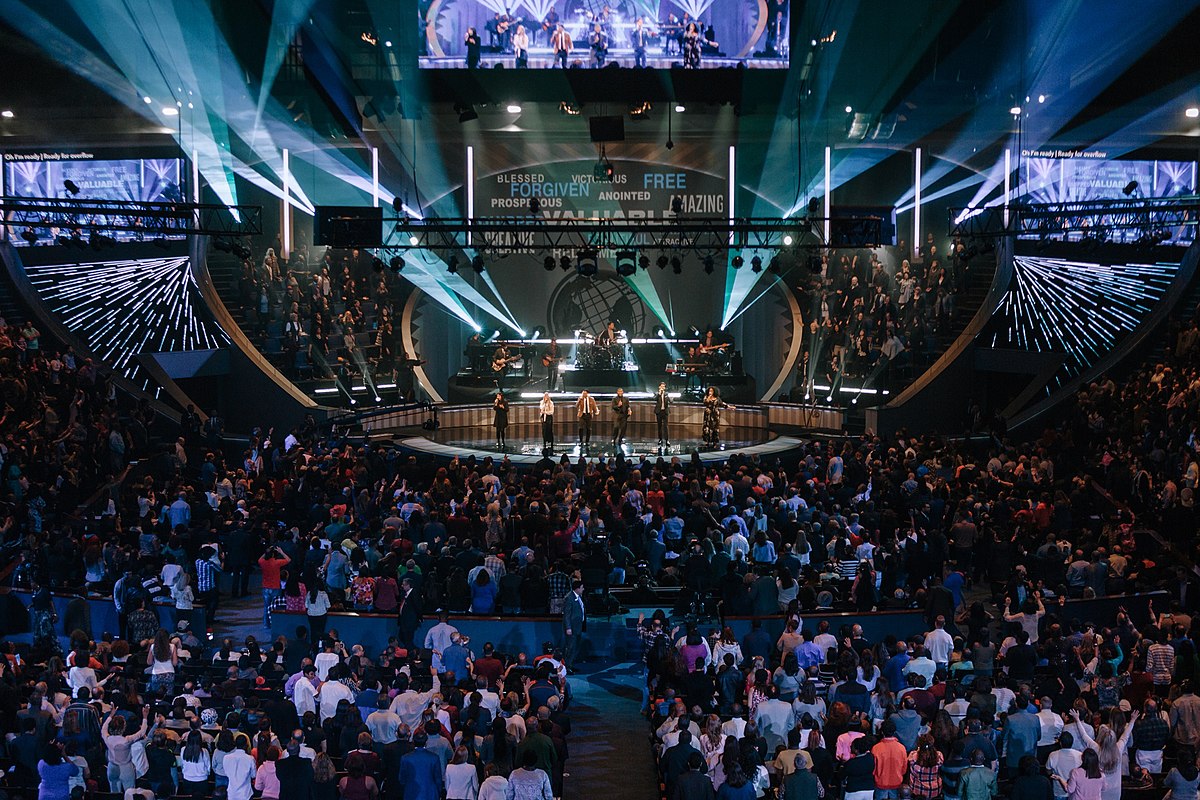We live in a time of division, as many of us can wearily testify, but we also live in a time of disorientation. Navigating divisions can be challenging, but the challenge multiplies when we are disoriented, and that is a less recognized element of the times we live in.
Login to read more
Sign in or create a free account to access Subscriber-only content.
Topics:
